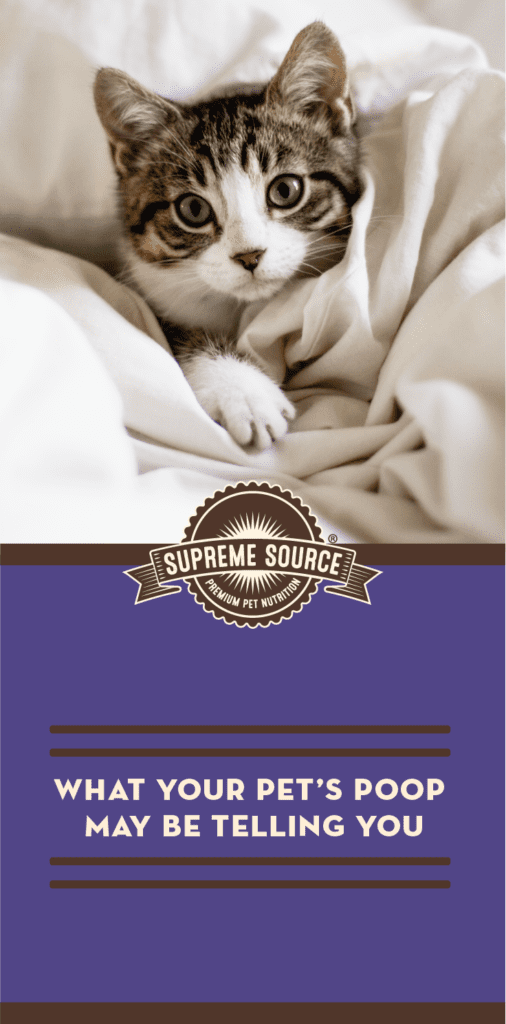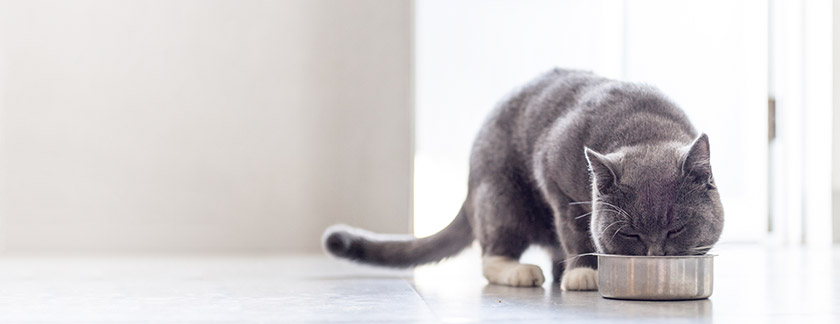We all wish our pets could talk. After all, it would be nice to know why they are barking and what they are thinking. While our pets will never be able to verbally communicate with us, they still have ways of communicating. Did you know your pet’s poop can communicate a lot? Yep, you read that right. Knowing what to look for in your pet’s stool can help you understand when they are feeling under the weather.
So, what is normal?
There are a couple of characteristics to consider when determining if your pet’s poop is normal. These include color, consistency, coating and content. The color should be a chocolate brown, the consistency should be a little firm, similar to play dough and it should not have any coating at all. Talk to your vet about the content, as you will likely want to leave the dirty work to them. If any of these four C’s seem off, your vet can help determine what might be wrong.
How can I help my pet’s digestion?
When it comes to digestion, the first step is to consider what your pet is eating. If you notice your pet’s poop is runny, too dark or the contents noticeably different, he may have a digestion problem. A digestion problem is likely an easy fix and may even be as simple as switching to a new diet. If your pet is having trouble with digestion, he could be experiencing food allergies. Before switching your pet’s food because of an allergy, it is best to consult your vet.
How can removing food allergens help?
If your pet’s troubles are caused by food allergies, a new diet could be the answer. It is best not to switch too quickly, however, as this can upset your pet’s stomach more. We recommend switching the food gradually, giving your pet time to adjust. If your pet’s poop seems off, it could be a sign your pet isn’t feeling well. The best way to understand what is upsetting your pet’s stomach and digestion is to talk to your vet. While changing his diet can help, there may be other things your vet will need to address.





